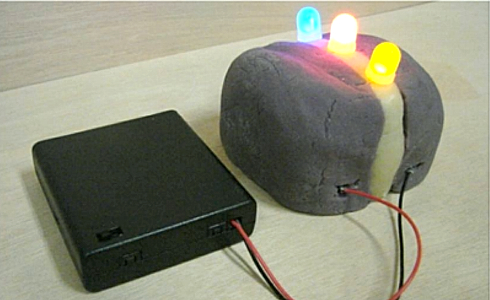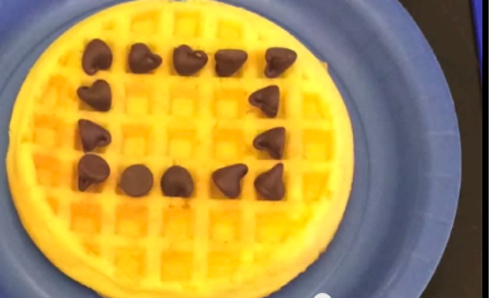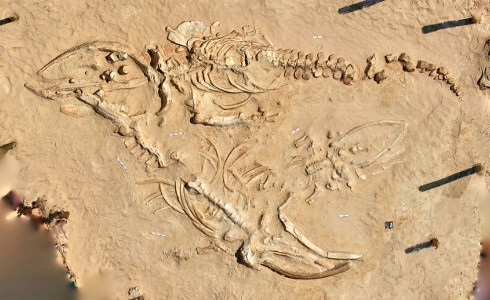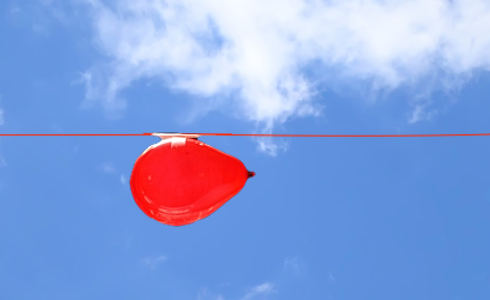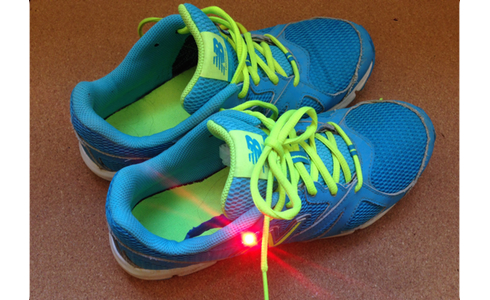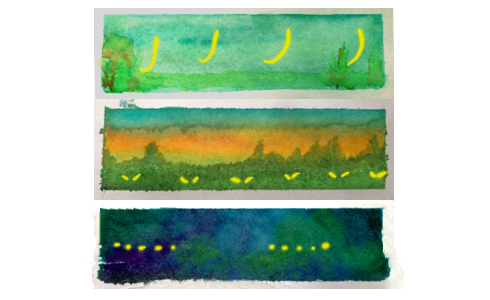Jumping Spider Shake Down
Can you match each jumping spider dance to its vibratory song?
One For All: A Natural Resources Game
In this game from Population Education, students must use cooperative decision making strategies to manage a renewable resource.
Squishy Circuits
Use two play dough recipes to create “squishy circuits” and explore electricity.
No Waffling On The Numbers
Three delicious math games you can play on your waffles to build math fact fluency and geometry skills, from the folks at Bedtime Math.
Classroom Strategy: Image of the Day
Three approaches for using images as gateways to instruction in grades 4-16.
Salad Dressing Science: Emulsion Lab
In this experiment, you will test a few common household ingredients to see which is the most effective emulsifier for making salad dressing – and you can eat your results!
Balloon Rockets
In this lesson from the Chemical Educational Foundation, apply the concepts of pressure and Newton’s laws of motion to build balloon rockets.
Fashion Circuit
Add some pizzazz to your favorite clothing and accessories using some wire, tape, a battery, and an LED.
Talk Like a Firefly
Learn to speak the language of fireflies and invent your own secret flash code.
How Fireworks Get Their Colors
In this activity from Science Buddies, you will burn some metal salts to investigate what colors they make, then you’ll explain to your family and friends how fireworks colors are made!

